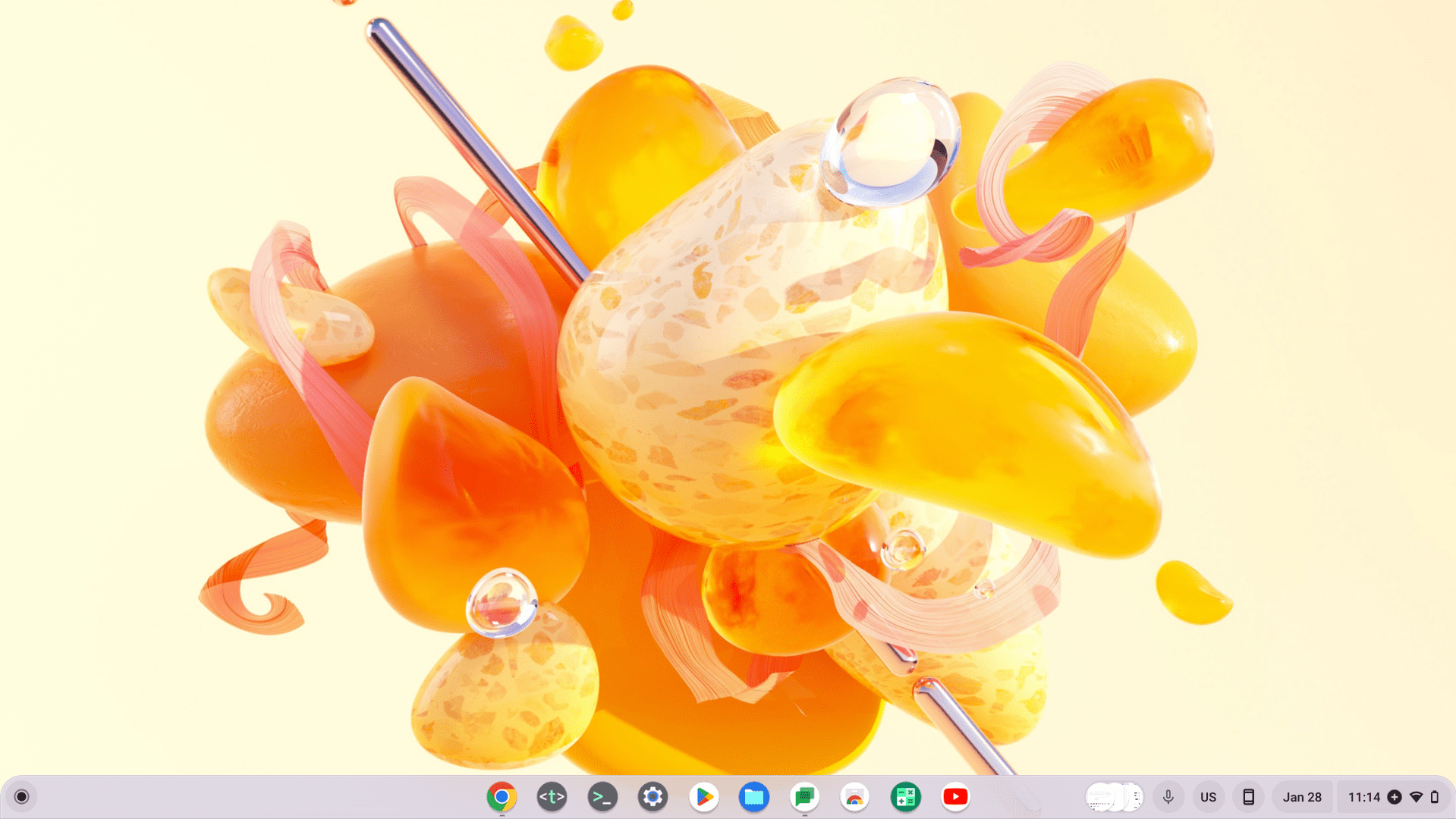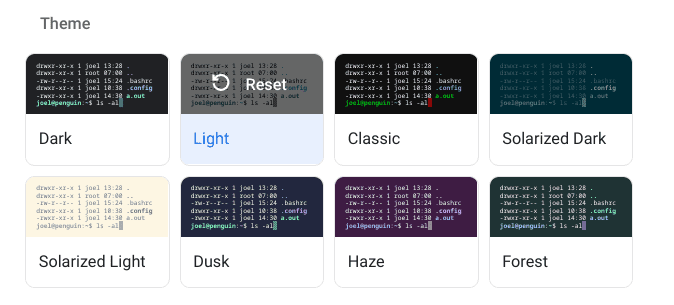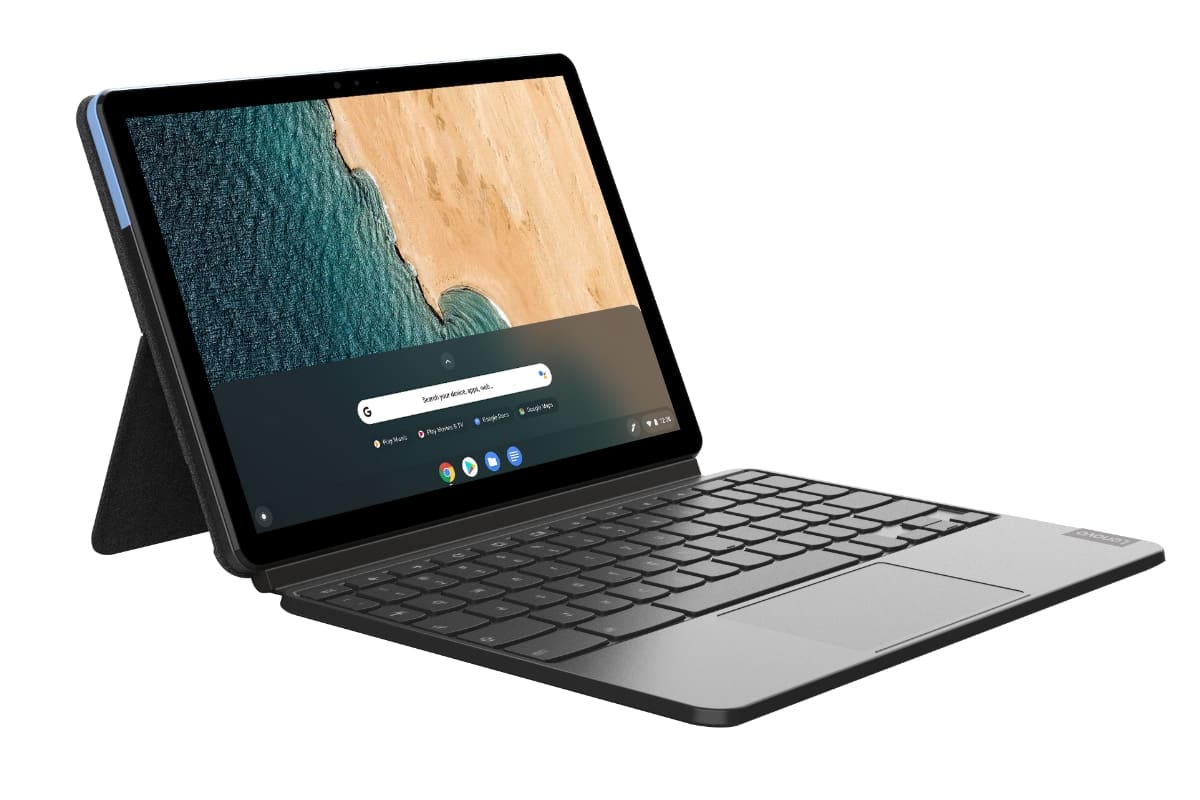Chromebooks in 2023 have come a long way from where they started. Initially launched in 2011, ChromeOS has undergone a substantial metamorphosis, directly to the point where the likes of Steam, WordPress, and Kali Linux are available on Chromebooks to a certain extent.
With that said, if you’ve been meaning to get a new Chromebook but have been genuinely on the fence about it, this article will go over some of the significant strengths of ChromeOS and help you make a solid purchasing decision.
You can then gauge whether a Chromebook is something that’s built for you, although, in our opinion, a Chromebook might be the best laptop you’ll be buying in recent times.
- Recommended read: How Chrome OS is great for gaming.
Chromebooks in 2023 – An easy recommendation
Although Windows PCs might pack the power and flexibility to run desktop-grade software while opening up the possibility of downloading other programs and apps, a Chromebook is gauged in a different light.
It’s so optimized and lightweight that most of you won’t be switching back to Windows if ChromeOS fulfills your use case. And the best part is Chromebooks offer a lot more than they usually come for in terms of value for money.
There are cheap Chromebooks that you can buy for less than $300 and set yourself up for a terrific ChromeOS experience, but that’s not where this sleek operating system draws the line. In the following subsections, you’ll understand why a Chromebook might as well be the best laptop you’ll buy in 2023.
Straightforward operating system with a minimal learning curve

ChromeOS user interface
One of the most notable highlights of ChromeOS is the simplicity with which it’s been built. Chromebooks are easy-to-use devices with an exceptionally undemanding user interface. All the various GUI elements are arranged categorically, and you don’t have to struggle to dig up any file on your Chromebook.
Although there are third-party ways to get desktop widgets to appear on the ChromeOS home screen, the latter remains free of clutter by default. Besides that, the “Files” system utility paired with the “Settings” section of the Chromebook is also designed with minimalism in mind.
As far as the user interface of ChromeOS is concerned, therefore, there are simply no gripes to tend to here. You can pin apps to the shelf area of the operating system, which rests at the bottom of the screen and whose location can be switched up to accommodate different styles.
If you’d like to know more about the operating system, check out our beginner’s guide to ChromeOS. The step-by-step instructions in the write-up will further help explain our case, which is how there’s a minimal learning curve present on Chromebooks with a user interface that’s as decent as ever.
Through-and-through security
Chromebooks benefit from unflinching security after a swath of protective measures was kicked into motion. These devices have no fear of malware inflicting any harm, provided that Google has reported that Chromebooks have never been hit with ransomware.
On top of that, you’ll find Chromebooks offering state-of-the-art security features, with isolated sandboxing being one of them. The latter is a protective approach that contains any virus—if it happens to latch onto the device—within the same Chrome tab it used to get onto the operating system.
In addition, every time your Chromebook starts up, it performs a self-check scan called Verified Boot to help the system detect any anomalies on the Chromebook. If anything unusual pops up, the issue is dealt with immediately. The security is so tight that, in most cases, Chromebooks just can’t get a virus in the first place.
Therefore, out of the extra perks that consolidate the security of ChromeOS, Chromebooks are extremely unlikely to contract a virus, mainly due to their lightweight nature and the inability to download and run every desktop program.
But even then, despite the mountain of built-in functional capacities that power up a Chromebook’s secure networking, we advise our dear readers to take extra precautions and secure their Chromebooks to the maximum possible extent. That’s because ChromeOS is only as safe if you carefully browse the internet.
Android app support

Google Play Store on ChromeOS
Another major incentive to buy a Chromebook in 2023 is the device’s innate integration with the world of Android apps, mainly via the convenience of the Google Play Store. You got that right. This is the same Google Play Store built into your Android devices, but the enhancement here is that of specific ChromeOS optimization.
From allowing users to indulge in the best painting apps to boosting their work days with the most noteworthy productive apps, Google Play is the cornerstone of a Chromebook’s enhanced functionality. For instance, these days, we love the MX Player on ChromeOS. The program has seemingly sorted out all of our multi-media needs with its reliable efficiency.
- MX Player is among the 5 best video players you can download from the Google Play Store on a Chromebook.
The latter has been optimized to such a terrific extent on Chromebooks that it won’t let you tell the difference, whether it’s an Android app or a native Chromebook app like Google Drive. Therefore, such is the benefit of the Google Play Store when it’s being utilized right. Of course, you’ll also come across many unoptimized apps, but be sure to steer clear of them.
- For an in-depth guide on Android app support for Chromebooks, check out our complete Google Play Store beginner’s guide.
Here’s a list of some apps that can be downloaded from the Google Play Store.
- Top 10 shopping apps in the USA for your Chromebook.
- Top 10 education apps for kids using Chromebook.
- Top 6 streaming apps for Chromebook.
- Top 10 writing apps on Chromebook.
- Top 10 entertainment apps for Chromebook.
- Top 10 comics apps for Chromebook.
In-built Crostini Linux terminal compatibility

Customizing the theme of the Crostini Linux Terminal
If the Google Play Store isn’t enough to entice you to switch to ChromeOS, let the flexibility of the Linux terminal hook you in. In 2016, Google Play Store was introduced to the mainframe of Chromebooks, but that wasn’t the only feature that arrived at the forefront of Chromebooks. Linux apps are tagged along with Android apps, featuring a terminal window.
Since that period, Chromebooks have allowed users to indulge in Linux-based apps on ChromeOS, including LumaFusion, Lightworks, GIMP, OpenShot Video Editor, and many others.
Linux paves the way for programmers to find a foothold in ChromeOS, mainly because they make the installation of MS Visual Studio Code possible.
Our master guide to programming on a Chromebook goes over that and multiple other facets of writing code on these sleek devices, so be sure to check that out for more information. Another benefit of having the Linux terminal around is that you gain access to the option of installing desktop-optimized applications for your Chromebook.
One shining example of this scenario is the Mozilla Firefox browser on ChnbomeOS. You can download the app from the Google Play Store or the Linux terminal to download the famous internet surfer. However, out of these two options, only the latter performs significantly higher than the former.
- Make sure you know the significant differences between an ARM Chromebook and an x86 Chromebook to formulate a well-informed purchasing decision.
Wide variety of devices to choose from

Lenovo Chromebook Duet
When Chromebooks were introduced to the world, they were touted as budget-friendly, cheap machines that can grant you seamless access to the internet. Many at the time called Chromebooks “glorified web browsers,” but those claims have not aged well.
Today, the spectrum of Chromebooks is broad and long, featuring multiple form factors and varying specifications. For instance, Lenovo, one of the best Chromebook manufacturers, has a range of budget-friendly devices up for grabs.
To single out one of the top picks, the Lenovo Chromebook Duet is a machine that comes for less than $250 and packs special hardware, not to mention a 2-in-1 convertible design to boast.
On the other hand, you’ve got top-tier Chromebooks to look forward to, such as the HP Elite Dragonfly Chromebook Pro, the Asus Chromebook CX9, and the Lenovo Yoga Chromebook C630. All of these devices show what ChromeOS is capable of at the end of the day.
- To add more, the Acer Chromebook 516 GE has been revealed at CES 2023—an all-out gaming-ready Chromebook that’s currently the best Chromebook money can buy.
Therefore, your options start from around $200 and go north of $1200. There’s a ton of flexibility to choose from, and our in-depth Chromebook shopping guide can help you get started in this regard.
Insanely fast boot-up times
Chromebooks highly benefit from their blazing-fast boot-up times that clock in somewhere around 10 seconds or so. We realize how many individuals worldwide are time-strapped and looking to utilize every second.
In this regard, ChromeOS will help users proficiently by ensuring they get into their working space properly as soon as the clamshell is flipped on. Most Windows PCs are clunkier and take significantly longer boot times before they can start working properly.
Perfect for browser-based tasks
One of the significant accomplices of ChromeOS is the Google Chrome browser, fueling the operating system with one of its fundamental functionalities. The Chrome browser on Chromebooks is as fast as ever, featuring automatic updates, incredible browsing speeds, and the utmost reliability on a day-to-day basis.
When you pair the functioning capacity of the Chrome browser with the sub-10-second boot time of Chromebooks, the result is nothing but awe-inspiring. Web-based tasks are something ChromeOS just flies by without a second thought to consider, considering their careful optimization and speedy browsing via Google Chrome.
Automatically updates on the fly
Although Windows PCs also feature automatic updates that require a reboot, things are relatively easier to handle on the ChromeOS side of things. The quick update process of ChromeOS comes across as less invasive and usually blends in with regular restarts.
A significant update for ChromeOS rolls out every four weeks or so, and there are release channels that you can opt-in to become a beta tester. Other than that, the “Dev” and “Canary” channels are even more experimental and allow users to gain access to highly experimental features.
But that’s a story for another time. With ChromeOS, you’ll spend little to no time worrying about system updates since the operating system takes care of this instance diligently on its very own. However, it would be best if you still were wary of the manual way of updating your Chromebook to the latest available release.
- Similar read: How to update apps on a Chromebook.
Cloud-first
Chromebooks are cloud-first devices, meaning they prioritize their link to remote servers more than anything else. Being cloud-friendly in such a manner grants these devices extra perks as well, such as built-in integration with Google Drive and a host of other Google apps, such as Meet, Photos, and Calendar.
You can use various cloud-based storage solutions on ChromeOS to take care of any storage space concerns that you could have, especially if you go for more RAM instead of storage. Some of your available options range from Dropbox and pCloud to OneDrive and iCloud. These are worth digging into should you choose to benefit from cloud storage.
Moreover, cloud gaming is starting to become more of a norm in the realm of ChromeOS rather than just an extra gimmick with no real value to offer. Due to the unfortunate shutdown of Google Stadia, gamers have to resort to other cloud gaming services, such as XCloud and the more popular Nvidia GeForce Now.
But that’s no worry either. The Acer above Chromebook 516 GE is a tried-and-tested machine that allows players to delve into the world of AAA gaming, encompassing the likes of The Witcher 3: Wild Hunt, Need for Speed Hot Pursuit Remastered, Fallout 4, and even Tekken 7.
Reliable battery runtimes
ChromeOS is known for its solid battery runtimes, which are practically miles ahead of the competition, especially for Windows laptops. Some of the Chromebooks with the best battery life last up to 14 hours or more—in some instances—and that’s appreciable.
Whether you’re opting for a budget-friendly machine or something that’s entirely premium-grade, like the Asus Chromebook CX5, most Chromebooks will last you throughout the day without breaking a sweat. This is except for a few rotten eggs in the battery life department, such as the Samsung Galaxy Chromebook, which has a 4K screen to boast.
The average battery runtime for Chromebooks hinges somewhere between 8-12 hours. Considering some devices’ specifications and technical hardware, these figures are commendable. Some of the most praiseworthy Chromebooks to look into in this regard are the Acer Chromebook Spin 514 and the Lenovo Duet 5 Chromebook.
Conclusion
Chromebooks may not feature support for powerful desktop software such as Adobe Photoshop (even though a web-based app version is perfectly usable on ChromeOS). Still, these minimalistic devices are getting there—slowly but surely. ChromeOS has made immense progress from its inception and looking at it in 2023; there’s no saying otherwise.
If you’re out in the market looking for a new Chromebook to purchase, we recommend diving right in, but only after carefully evaluating your use case. ChromeOS doesn’t feature extensive desktop-grade software, but it’s capable of just about everything else.
Please let us know in the comments ahead whether you could determine whether a Chromebook is for you. As always, we’d love to read your feedback!
- After your purchase: Top 10 cool Chromebook usage tips and tricks you should know.
